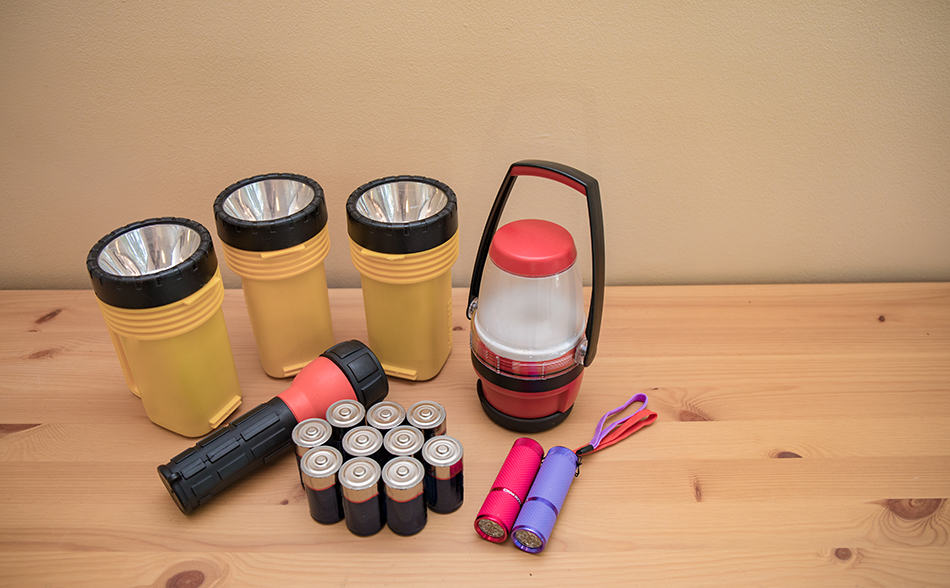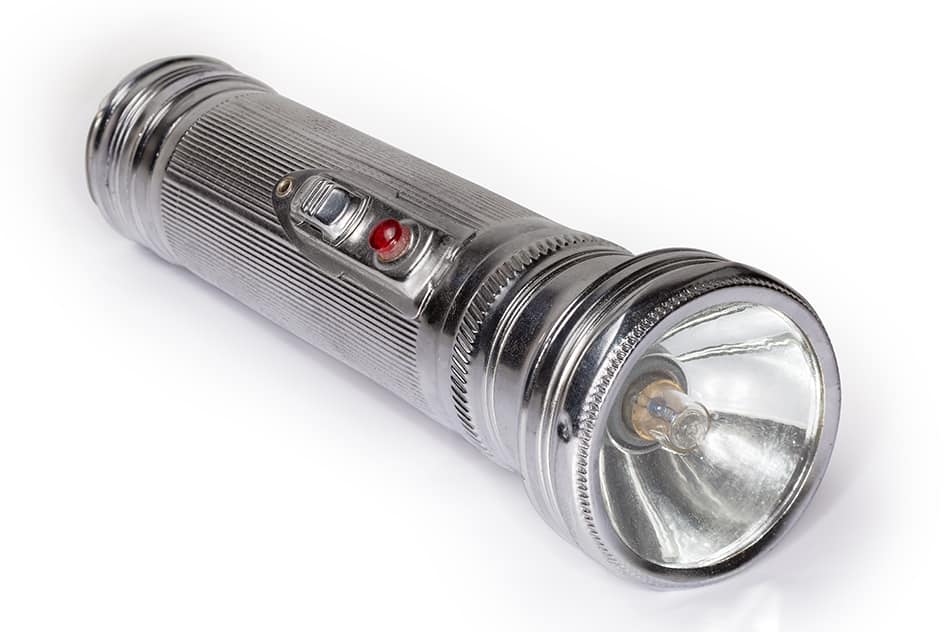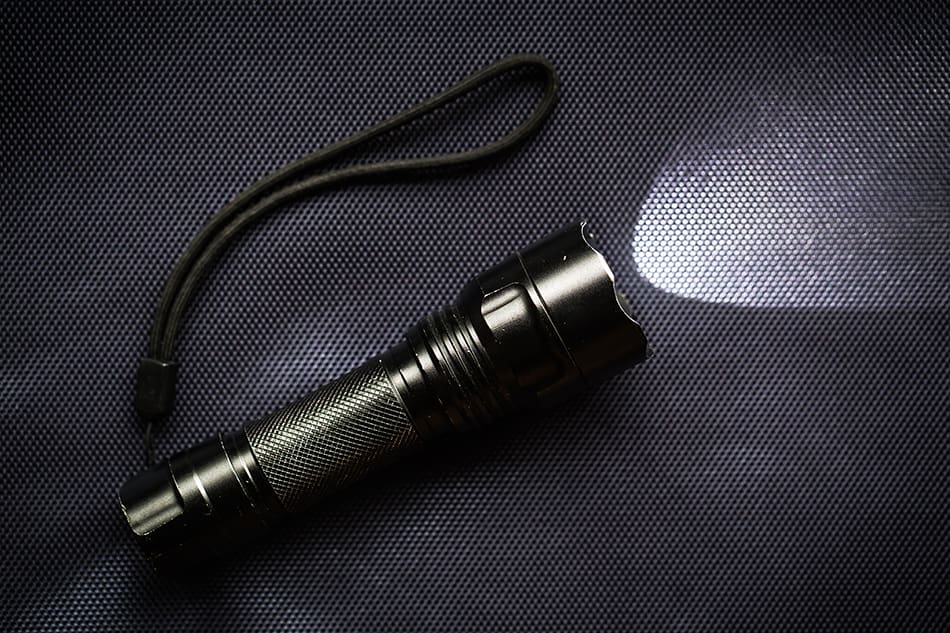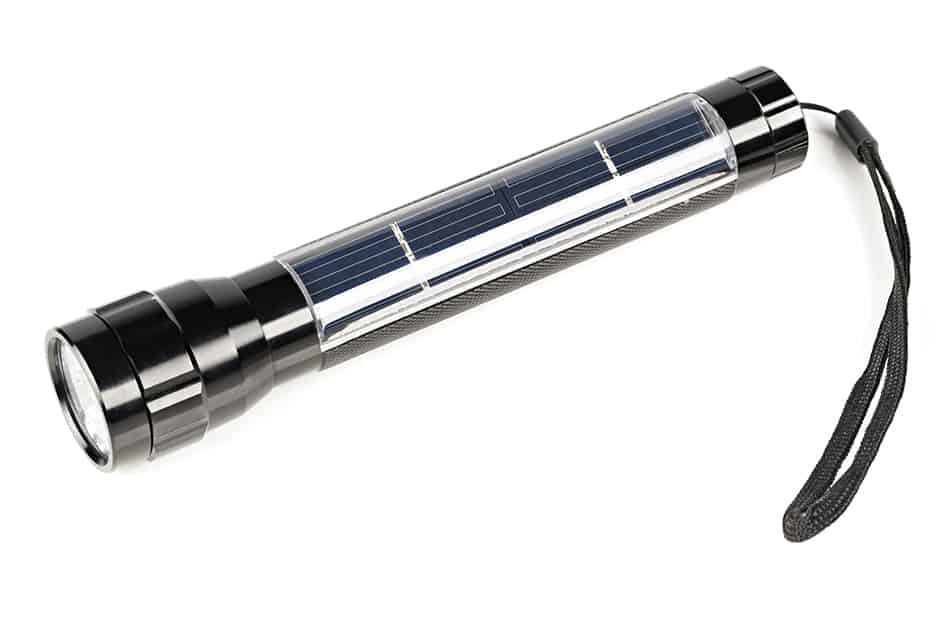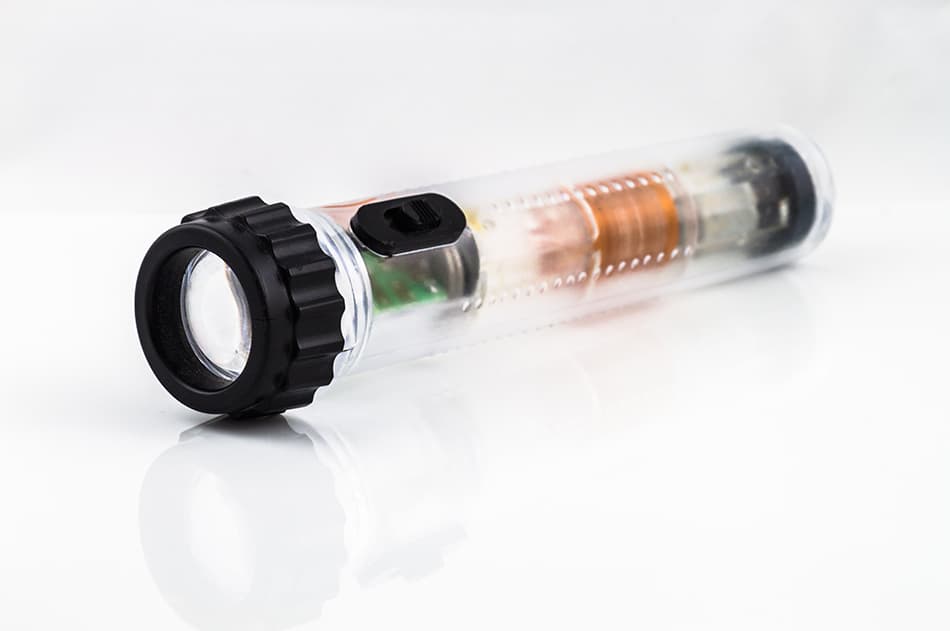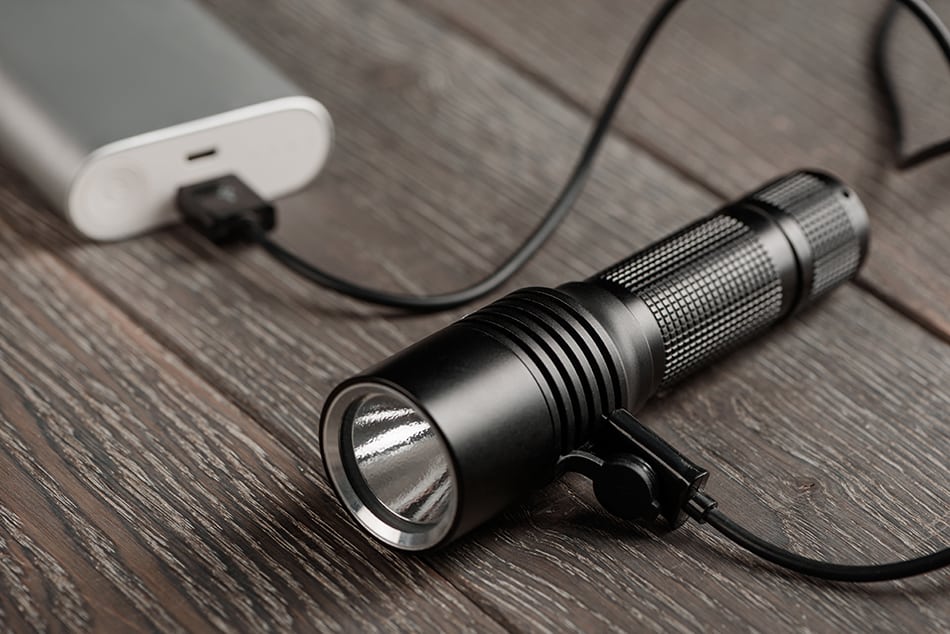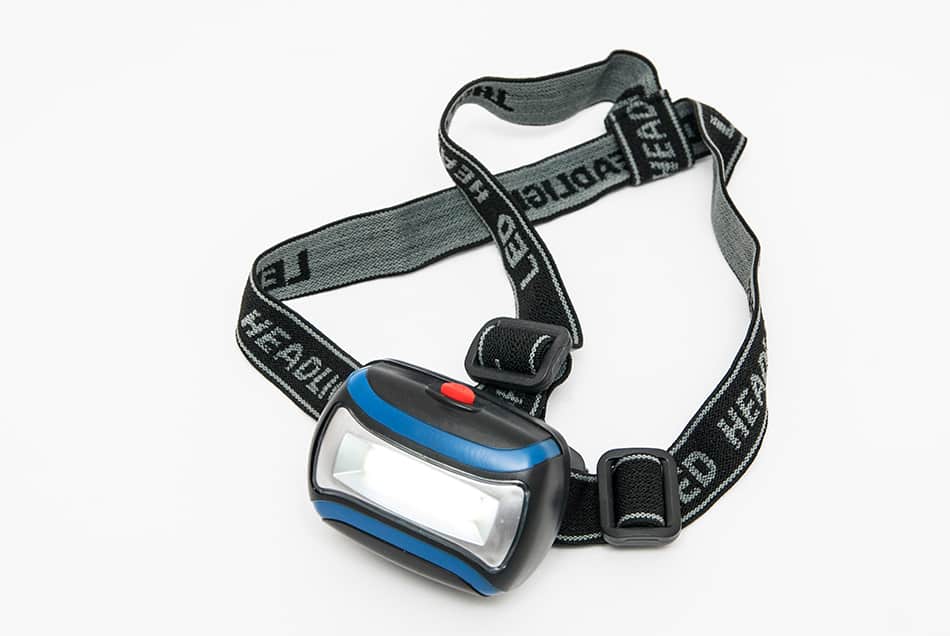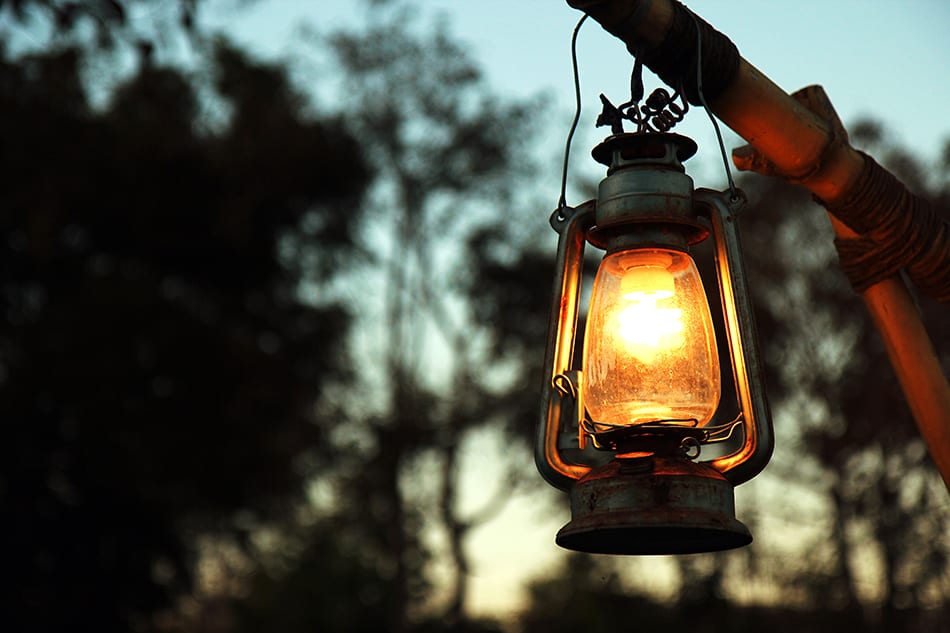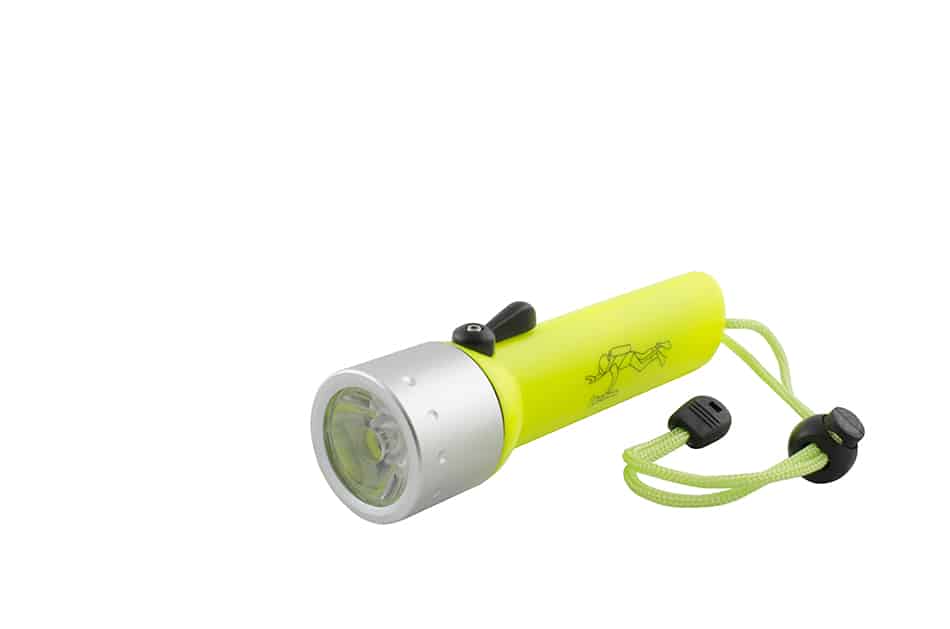A flashlight is an essential device, especially during power outages, camping trips, or when you’re going to a dark place. Typically, it consists of a light source that is mounted to a reflector, a transparent cover that protects the light source, a switch, and a battery. All these parts are enclosed in a case.
Before, this portable electronic device uses an incandescent light bulb as its light source. Today, you can find various types of flashlights aside from incandescent light bulbs. To give you a better view, here are the different types of flashlights along with their uses.
Types of Flashlights
Incandescent Flashlight
An incandescent flashlight is the most popular type of flashlight, and it has been available in the market for decades. A lot of people opt for this device because they are budget-friendly. Unfortunately, many incandescent bulb flashlights break easily. Still, there are some models that are durable and can stand the test of time; however, they are a bit expensive.
Incandescent flashlights are common in many households. A lot of people also bring this device on their camping and fishing trips because it is easy to use. Plus, this type of flashlight can withstand a little bit of rough handling, and it is powerful enough to brighten a small area.
High-Intensity Discharge (HID) Flashlights
High-intensity discharge (HID) flashlights are capable of delivering extremely bright light. Compared to other types of flashlights, this device works because of an electrical current that runs through a ball of ionized gas.
HID flashlights are less common than incandescent flashlights. Aside from that, this type of flashlight is pricey. To be specific, it is ten times more expensive than an incandescent flashlight. For this reason, this device is only purchased and used by enthusiasts.
Even though HID flashlights are expensive, they are useful, especially for people who live in the country. The reason is due to their extremely bright light that can brighten a large area. Because of this feature, HID flashlights are also beneficial for camping and other outdoor trips.
LED Flashlights
Today, a light-emitting diode (LED) is becoming a popular light bulb type due to various reasons. For one, it doesn’t produce heat, and it is long-lasting. Aside from that, LED bulbs are durable, and they can handle some rough handling. As such, this type of flashlight is great for camping trips because of its durability.
Compared to an incandescent bulb flashlight that produces a white light with a yellow hue, an LED flashlight provides an off-white light with a bluish hue. Additionally, LED flashlights are a bit pricier. To be specific, its price is similar to a heavy-duty incandescent flashlight.
Pressurized Gas Flashlights
As mentioned, some types of flashlights are powered differently. For instance, pressurized gas flashlights use gas, like krypton, halogen, and xenon to deliver a bright light while burning out slowly. As such, the battery of a pressurized gas flashlight will not drain quickly.
Solar-Powered Flashlights
Today, with the rise of environmental concerns, a lot of people prefer environmentally friendly products. The good news is that you can purchase a solar-powered flashlight if you prefer products that are safe for the environment. This type of flashlight is convenient to use, and it is strong enough for various purposes.
A solar-powered flashlight is weaker compared to an LED and HID flashlight. Still, it is a cost-effective device that is comparable to an incandescent bulb flashlight, especially when properly charged. An advantage of this type of flashlight is that it can be charged by exposing its solar panel to the sun.
As such, you can save some money because you don’t have to buy batteries from time to time. Unfortunately, most solar-powered flashlights have a short run time, so they can be unreliable during long power outages.
Shake Flashlights
Shake flashlights were introduced by Michael Faraday om 1803. As its name implies, this type of flashlight will turn on by shaking the device. To explain further, it is powered by several magnets inside the flashlight. When you shake the device, it will cause a reaction, which will provide light.
To use a shake flashlight, you have to shake it for three seconds to three minutes. Typically, three seconds is enough to turn on the device; however, you may need to shake it a little longer if the capacitor is drained. Once the light begins to lose its power, you have to shake the flashlight again to keep the light charged.
Despite its cool features, the shake flashlight doesn’t produce a very bright light. Still, they will work when needed, plus they are not too expensive. So, if you want to save some money on batteries, this type of flashlight is a good option.
USB Charging Flashlights
With today’s technological advancements, buying non-rechargeable alkaline batteries is a thing of the past. The reason is that you can now opt for more convenient rechargeable batteries. For example, a USB charging flashlight has a built-in lithium-ion battery that you can charge like your smartphone and tablet.
A USB charging flashlight is the most convenient type of flashlight today. Additionally, it also produces a bright light. However, it is a bit expensive. Even so, it will be worth it because you’ll be saving money on batteries. Plus, it can withstand some rough handling.
Headlamp Flashlights
A headlamp flashlight is one of the most convenient types of flashlight you can own. As its name implies, this flashlight has a strap that allows you to put the device on your head. This feature is beneficial if your two hands are occupied, and you need to see in the dark. For example, your car broke down in the middle of the night. With this flashlight, you can easily see in the dark and fix your car at the same time.
Most headlamp flashlights use LED bulbs. As such, they can produce bright light. Aside from that, they are also durable, and they can withstand the test of time.
Lanterns
Another convenient type of flashlight is a lantern. Traditionally, lanterns use kerosene or other types of gas to provide light. Nowadays, most lanterns use LED bulbs to light up a dark place.
An advantage of opting for a lantern is that you can set it down on a table instead of carrying them. Aside from that, this type of flashlight makes a good outdoor hanging light and is also great for camping or hiking trips.
Diving Lamp
A diving lamp is a specific type of flashlight that can be used underwater. To be specific, it is waterproof, and it has a depth of about 200 meters. Aside from that, most diving lamps are powered by LED bulbs; thus, they are bright. Also, they are made with materials that won’t corrode in water or saltwater. So, if you’re planning to go scuba diving or snorkeling, this type of flashlight should be included in your kit.
Novelty Flashlights
Compared to the other types of flashlights on this list, novelty flashlights are low-powered. As such, they can’t produce bright light, making them unreliable for most tasks.
An example of a novelty flashlight is a keyring flashlight. Aside from being small and compact, it is typically powered by an AAA battery. Because of its small size, you can easily carry it around with you, making it useful for impromptu tasks. Still, you can’t expect it to lit up a room.
Styles of Flashlights
Utility Flashlight
Incandescent bulb flashlights are the most common utility flashlight. They are affordable, and they produce light that is enough for most purposes. However, most utility flashlights are not durable and will break easily when you accidentally drop them. So, if you have more money to spend, it is best to opt for a flashlight with a stronger build.
Heavy-Duty Flashlights
Compared to utility flashlights, heavy-duty flashlights are more durable. To be specific, they can handle a little bit of beating. As such, if you accidentally drop them, they won’t break easily. Plus, you can also take them on your camping or other outdoor trips. However, heavy-duty flashlights are pricier than utility flashlights. Even so, you’ll get all your money’s worth because they are long-lasting.
Tactical Flashlights
Tactical flashlights are typically used by police officers and military personnel. Oftentimes, they use a tactical flashlight during investigations and rescue missions.
As such, tactical flashlights should produce very bright lights. Aside from that, they are also durable and can handle rugged treatment. Plus, they can also withstand various weather conditions.
How to Pick the Best Flashlight?
As presented, there are various types of flashlights. Because of this, you may have a hard time picking which flashlight is best for you. To help you find the right product, here are some features you need to consider when buying a flashlight.
Purpose
One of the most vital factors you need to consider when buying a flashlight is its purpose. For instance, if you’re going to use a flashlight around your house or when you’re going to walk your dog at night, a pocket-sized flashlight is recommended.
For hunters, it is best to opt for a flashlight with a tight beam that will allow you to see far-away objects. Lastly, law enforcement officers can opt for flashlights with a high lumen. This feature will be useful for various purposes, such as search and rescue operations.
Light Output
In terms of flashlight output, there are two things you need to consider, which are beam intensity and brightness.
The brightness of a flashlight is measured in lumens, which tells you how much light is produced by the flashlight. Typically, flashlights with higher lumens will produce brighter light. However, opting for a flashlight with 2,000 lumens is not recommended. Ideally, 800 to 1,200 lumens is enough for most users. You’ll need a higher lumen if you want to light up far-away objects.
Bean intensity, on the other hand, is measured in candelas. A flashlight with higher candelas will produce a more focused beam, while those with lower candelas will have a less noticeable beam or center point.
Durability
Aside from the flashlight’s output, you also need to consider its construction. As you know, flashlights are made with various materials, including plastic, aluminum, and polycarbonate (PC).
Flashlights that are made with plastic are not only lightweight but easy to maintain as well. However, plastic is not as durable as metal, so it may break if you accidentally drop the flashlight.
Most LED flashlights, on the other hand, are made with aluminum because it provides a strong shell while being lightweight. As for headlamps, they are typically made with PC materials because they are lightweight, but they are not as durable as aluminum.
Water Resistance
Aside from the material, you also need to consider the flashlight’s ability to withstand water. Remember, you’re going to use your flashlight outdoors where it can be soaked by water, especially during heavy rains. For this reason, it is best to opt for a water-resistant flashlight.
Typically, a flashlight with a waterproof rating of IPX4 can withstand rain. If the flashlight has a waterproof rating of IPX7, it means that it can be submerged in water to a depth of about one meter. The rating IPX8, on the other hand, means that the flashlight can be submerged in water to a depth of more than one meter.
Run Time
The run time of a flashlight will determine its usefulness. Typically, the run time of a standard flashlight will decrease by 10% after you use it for about 15 minutes. Of course, flashlights with strong batteries will have a longer run time; thus, you have to check the battery of the flashlight. Lastly, the size of the flashlight will also affect its run time.
Size and Weight
Another important feature you need to consider is the size and weight of the flashlight. As mentioned, larger flashlights will have more run time because they have bigger batteries. Additionally, they will also produce brighter lights. Even so, small flashlights are also powerful, and they are also lightweight. As such, you can easily carry them around.
Batteries
When buying a flashlight, you also need to consider the batteries. Most people prefer flashlights with a high-quality rechargeable battery because of their convenience.
You can also opt for flashlights powered by non-rechargeable alkaline batteries, which can be handy when you’re on the go or during long power outages. Unfortunately, alkaline batteries are expensive and harmful to the environment.
If you don’t want to use batteries, you can also opt for a solar-powered flashlight, which you can recharge by exposing to the sun. Shake flashlights are also great because you only need to shake them to produce light.
Budget
As mentioned, the different types of flashlights have various prices. If you’re looking for a flashlight that you can use at home, you can opt for budget-friendly incandescent flashlights.
But, if you have more money to spend, you can pick a better type, like an LED flashlight or USB charging flashlight. Aside from being brighter, these types of flashlights are more durable than incandescent flashlights. Of course, flashlights designed for special purposes are more expensive than their regular counterparts.
Final Thoughts
A flashlight is a handy device you can use for various purposes. As presented, there are different types of flashlights, and each type has its pros and cons. You have to understand these various types, so you can find the best flashlight.
Additionally, there are several features you also need to consider. Features, such as light output and run time, will help you determine if the flashlight you’re going to pick is suitable for its intended purpose.
